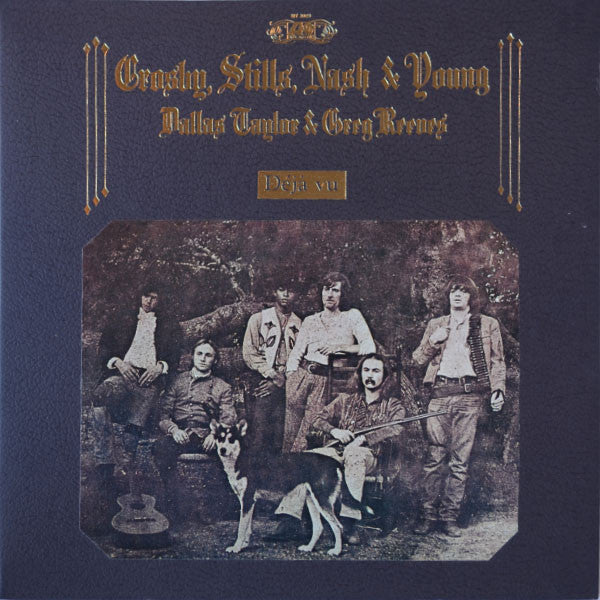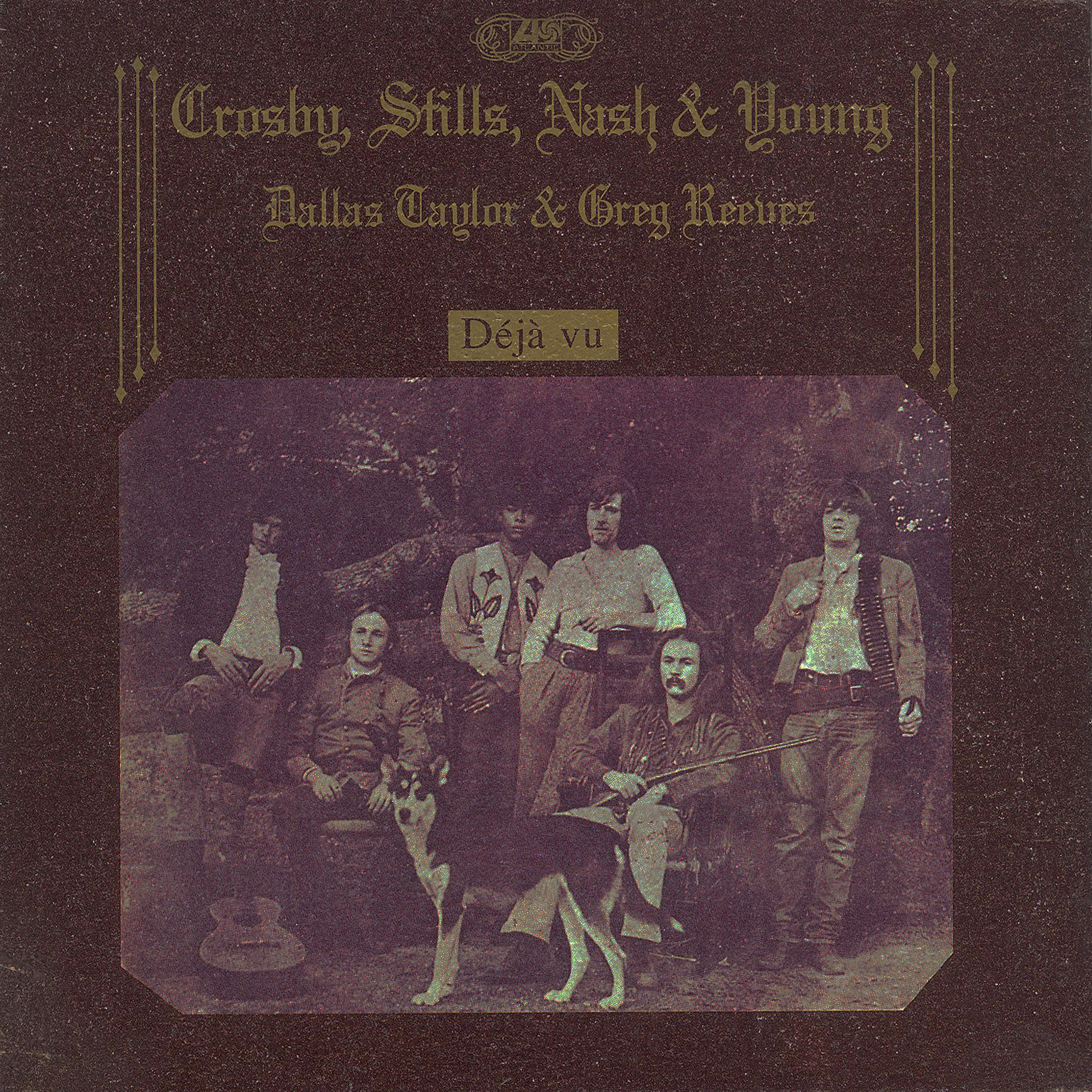


"Teach Your Children," the major hit off the album, was a reflection of the hippie-era idealism that still filled Graham Nash's life, while "Our House" was his stylistic paean to the late-era Beatles and "4+20" was a gorgeous Stephen Stills blues excursion that was a precursor to the material he would explore on the solo album that followed. David Crosby's "Almost Cut My Hair" was a piece of high-energy hippie-era paranoia not too far removed in subject from the Byrds' "Drug Store Truck Drivin' Man," only angrier in mood and texture (especially amid the pumping organ and slashing guitars) the title track, also by Crosby, took 100 hours to work out and was a better-received successor to such experimental works as "Mind Gardens," out of his earlier career with the Byrds, showing his occasional abandonment of a rock beat, or any fixed rhythm at all, in favor of washing over the listener with tones and moods. "Woodstock" and "Carry On" represented the group as a whole, while the rest of the record was a showcase for the individual members. "Carry On" worked as the album's opener when Stills "sacrificed" another copyright, "Questions," which comprised the second half of the track and made it more substantial. Most of the music, apart from the quartet's version of Joni Mitchell's "Woodstock," was done as individual sessions by each of the members when they turned up (which was seldom together), contributing whatever was needed that could be agreed upon. Young's presence also ratcheted up the range of available voices one notch and added a uniquely idiosyncratic songwriter to the fold, though most of Young's contributions in this area were confined to the second side of the LP. There were also some obvious virtues in evidence - the addition of Neil Young to the Crosby, Stills & Nash lineup added to the level of virtuosity, with Young and Stephen Stills rising to new levels of complexity and volume on their guitars. Déjà Vu worked as an album, a product of four potent musical talents who were all ascending to the top of their game coupled with some very skilled production, engineering, and editing. Those achievements are all the more astonishing given the fact that the group barely held together through the estimated 800 hours it took to record Déjà Vu and scarcely functioned as a group for most of that time. Despite it being his first time sailing, it seemed to come easily to him-like he had done it in a past life.One of the most hotly awaited second albums in history - right up there with those by the Beatles and the Band - Déjà Vu lived up to its expectations and rose to number one on the charts.

In the 2019 book Crosby, Stills, Nash & Young, he recounted a sailing trip he took on his friend’s boat. While Crosby was a long-time believer in karmic energy, there was a specific incident that inspired the lyrics.
#Crosby stills deja vu how to
How else can I explain knowing how to sing harmonies at age six and having a persistent delusion, all my life, of having been somebody else before.” The identity print gets wiped, mostly, but sometimes there’s a ghost print and some stuff hangs around. In the liner notes of the 1991 box set, Crosby, Stills & Nash, he reiterated that point saying, “The law of conservation of energy applies: life force just doesn’t go away. “I’m one of those people who thinks we go round again,” said Crosby back in 2008.

In light of Crosby’s death earlier this week, we’re going through the meaning behind the track below. Though it wasn’t released as a single, it gave that iconic album its name and has subsequently received its fair share of love from CSNY fans. The late David Crosby penned “Déjà Vu” for the group.


 0 kommentar(er)
0 kommentar(er)
